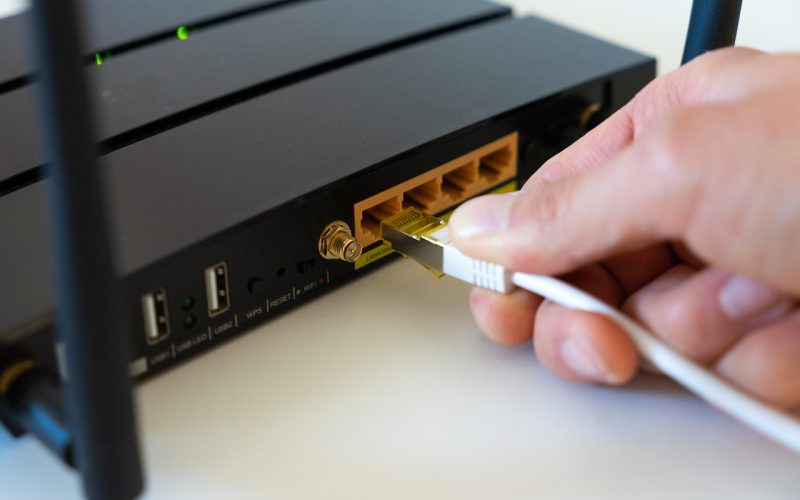
What is Wireless LAN Network? WLAN
A WLAN is a local area network that connects computers and other devices. It does not require line of sight for WLANs to propagate. It works anywhere a device is within range of an access point, and it is extremely easy to install. While a LAN is better if you plan on staying in the same place, WLAN is better if you plan on moving around. A WLAN is more cost effective, and more convenient to use. A WLAN can provide high-speed Internet to a wide area. It uses a star structure to send data from one computer to another.…






